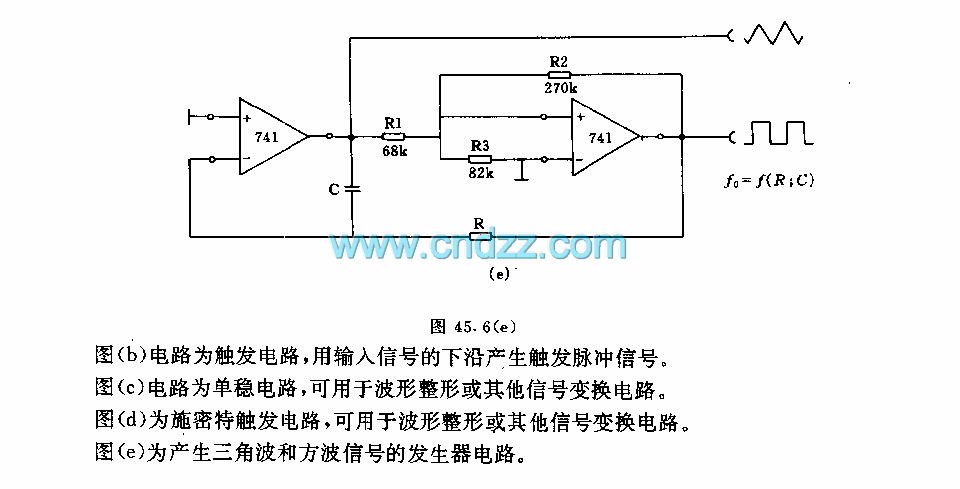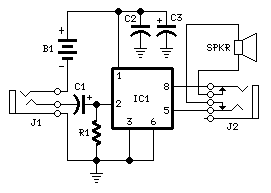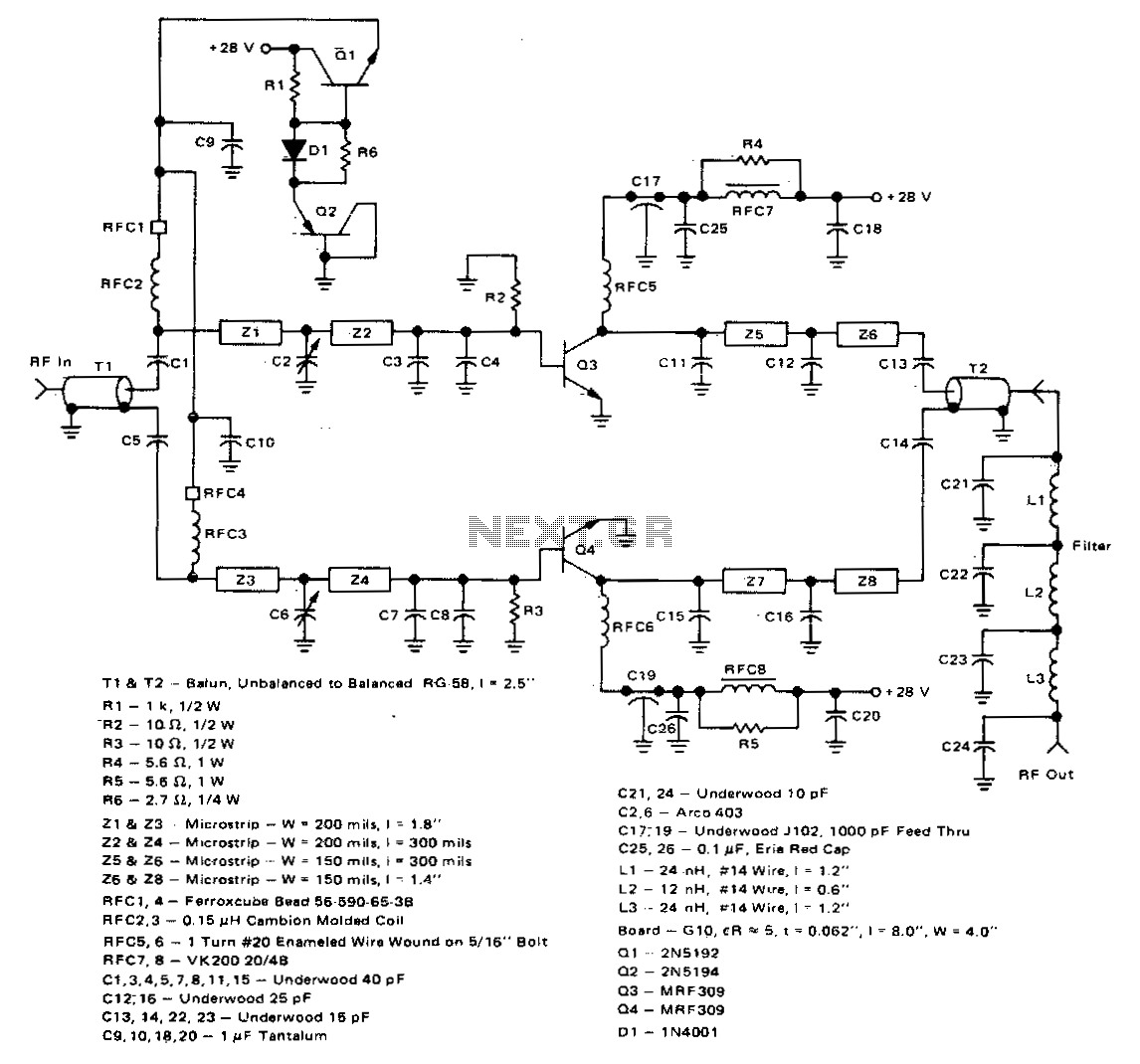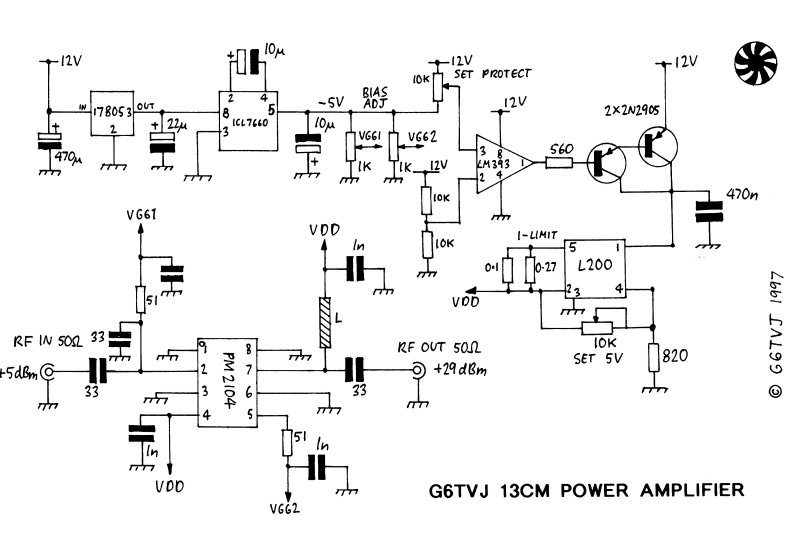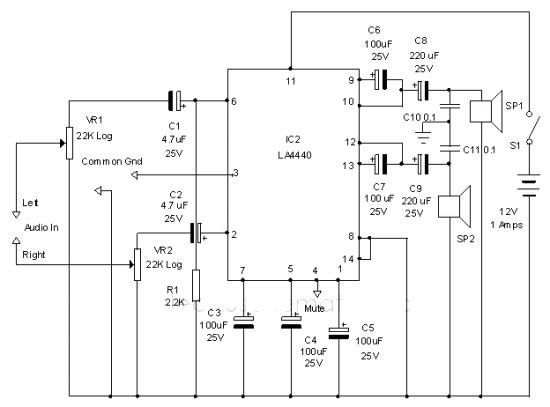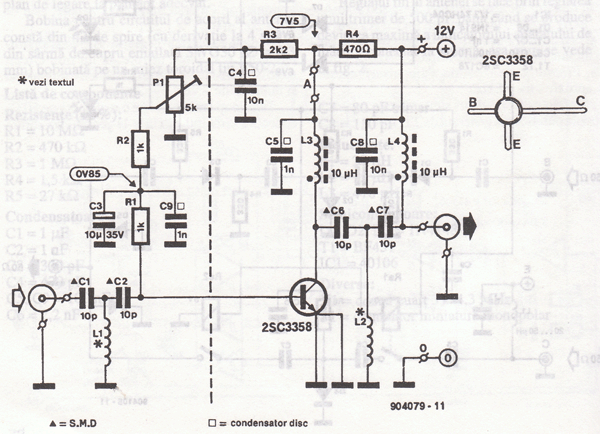
Hybrid Headphone Amplifier
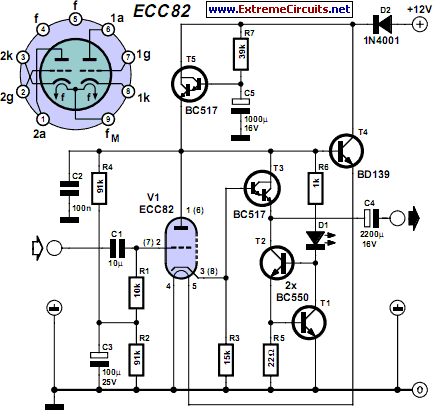
Headphone listening can be technically superior as it eliminates room reflections and provides intimate contact between the transducer and the ear.
Headphones are designed to deliver sound directly to the ears, thereby minimizing the influence of the surrounding environment. This characteristic allows for a more controlled listening experience, where sound waves travel directly from the transducer to the listener's ear canal without interference from room acoustics. The elimination of room reflections enhances the clarity and precision of audio reproduction, making it especially beneficial for critical listening applications such as mixing, mastering, and audio analysis.
The intimate contact between the transducer and the ear is crucial for achieving a more accurate soundstage and frequency response. Headphones can reproduce a wider range of frequencies and dynamic contrasts than traditional loudspeakers, as they are not limited by the physical constraints of a room. This direct coupling can lead to a more immersive experience, where subtle details in the audio are more easily discernible.
In addition, headphones can be designed with various driver technologies, such as dynamic, planar magnetic, or electrostatic drivers, each offering unique characteristics in sound reproduction. The choice of materials used in the ear cups and cushions also contributes to overall comfort and sound isolation, further enhancing the listening experience.
Overall, headphone listening presents a range of technical advantages that can significantly improve audio fidelity, making it a preferred choice for many audiophiles and professionals in the audio industry.Potentially, headphone listening can be technically superior since room reflections are eliminated and the intimate contact between transducer and ear mea.. 🔗 External reference
Headphones are designed to deliver sound directly to the ears, thereby minimizing the influence of the surrounding environment. This characteristic allows for a more controlled listening experience, where sound waves travel directly from the transducer to the listener's ear canal without interference from room acoustics. The elimination of room reflections enhances the clarity and precision of audio reproduction, making it especially beneficial for critical listening applications such as mixing, mastering, and audio analysis.
The intimate contact between the transducer and the ear is crucial for achieving a more accurate soundstage and frequency response. Headphones can reproduce a wider range of frequencies and dynamic contrasts than traditional loudspeakers, as they are not limited by the physical constraints of a room. This direct coupling can lead to a more immersive experience, where subtle details in the audio are more easily discernible.
In addition, headphones can be designed with various driver technologies, such as dynamic, planar magnetic, or electrostatic drivers, each offering unique characteristics in sound reproduction. The choice of materials used in the ear cups and cushions also contributes to overall comfort and sound isolation, further enhancing the listening experience.
Overall, headphone listening presents a range of technical advantages that can significantly improve audio fidelity, making it a preferred choice for many audiophiles and professionals in the audio industry.Potentially, headphone listening can be technically superior since room reflections are eliminated and the intimate contact between transducer and ear mea.. 🔗 External reference
